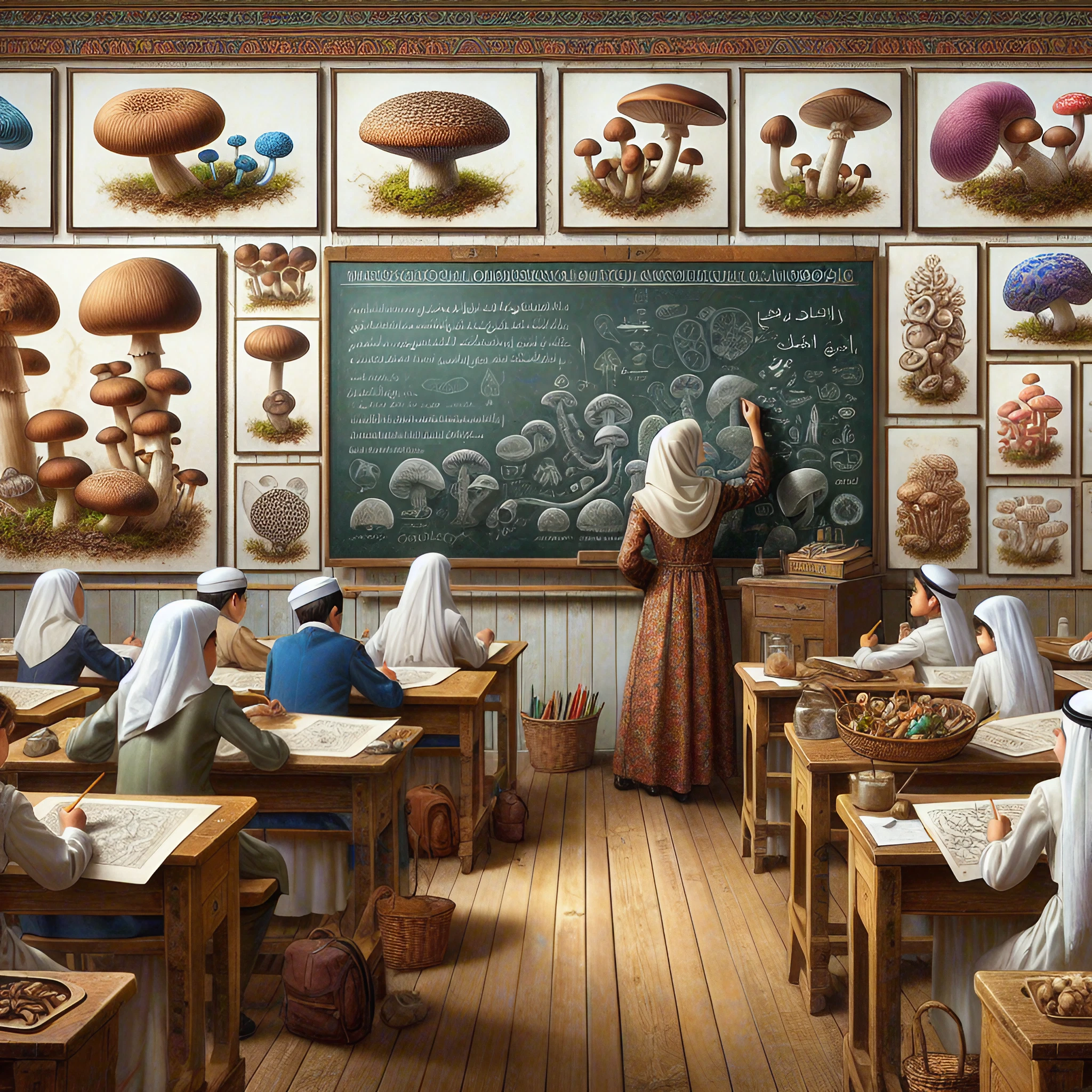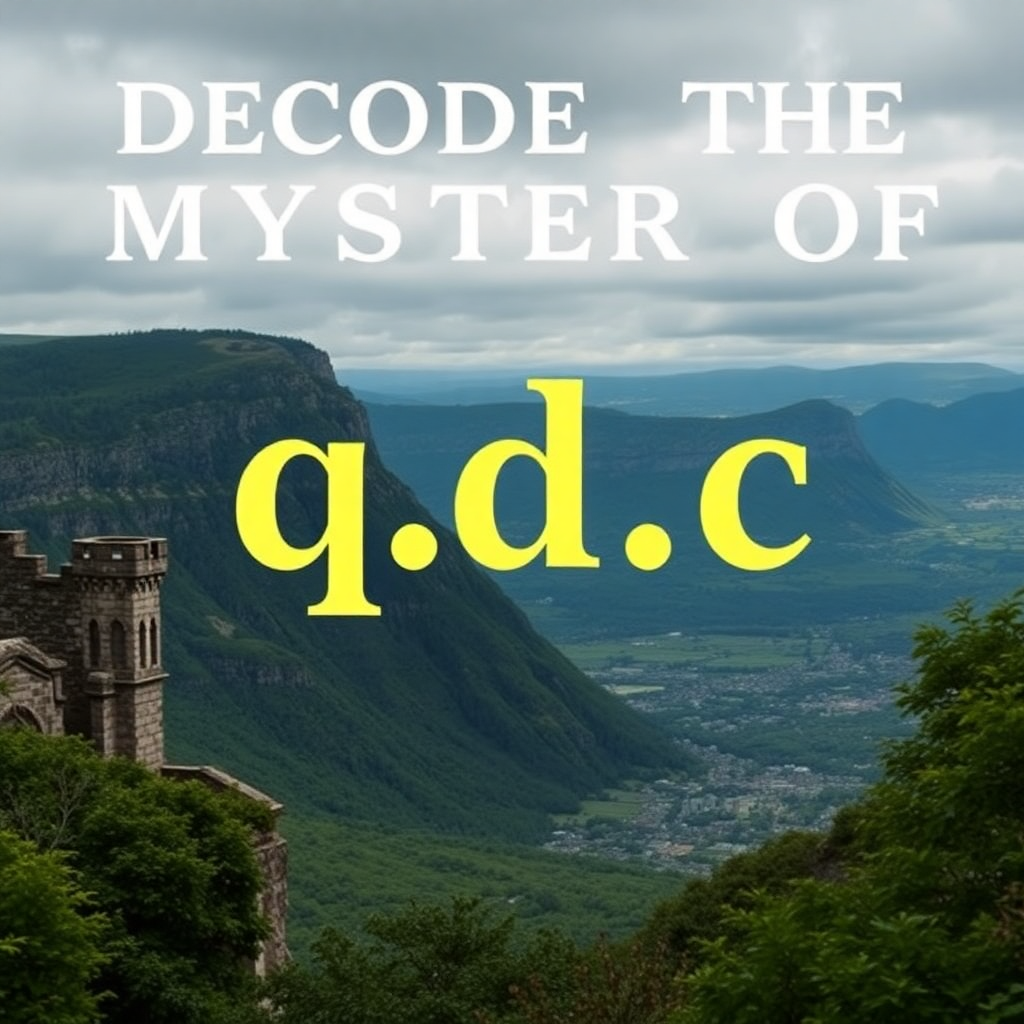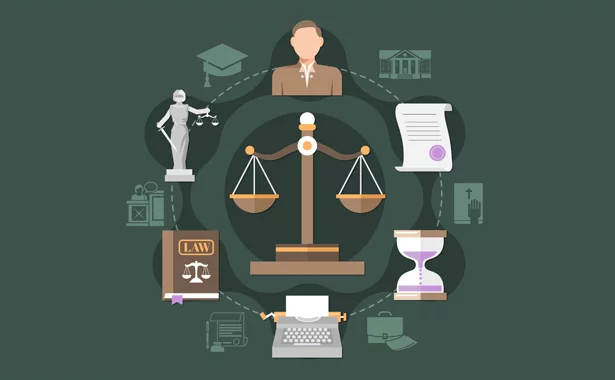Blog
Drawing:plcxcsjeqpq= mushroom

Introduction to the Wonderful World of Mushrooms
It would take an alien mind to fully comprehend mushrooms. These bizarre fungi crop up in myths, medicine and meals across all cultures. For thousands of years, humans have held a position of fascination with them.
This is still true today. Artists love mushrooms because they come in so many different shapes and colors. Whether you’re a seasoned artist or just starting out, drawing these strange organisms can be both calming and rewarding. In this article we will cover everything from what makes each type unique to tips on finishing your piece.
The Art of Drawing Mushrooms
Representing Unusual Shapes And Textures
Mushrooms come in every shape size texture imaginable; some are smooth domes while others have ruffles or scales underneath their caps’ surfaces (or even along its stem). When you draw them it’s important that you notice all these things! Look at where one part connects with another; observe how things fold over themselves…etcetera.
To start off with — lightly sketch out the basic foundation using loose lines so as not to commit too heavily onto paper just yet – once satisfied begin adding details such as those aforementioned gills which can easily be done by making use of thin parallel strokes while cross hatching may create more realistic looking shading effects upon either cap or stalk depending on desired outcome.
Step-by-Step Guide for Beginners
Begin with the Cap:
Create an oval-shaped or half-circle shaped top part depending on what type of mushroom being drawn. Lightly outline this area ensuring symmetry wherever possible. Add Stem:
From center point downwards vertically draw line representing entire length until reaching ground level then add slight bulge towards bottom section where root system connects into earth’s surface – thus mirroring natural appearance found within nature. Detail Gills:
Starting from middle underside working outwards make series closely spaced straight lines. Change lengths as needed for realism effect Texture & Shading:
Cap – cross hatching Stalk – add shading to give volume and depth
Finding Inspiration in Nature
Studying Mushrooms Where They Grow
If you really want to get good at drawing mushrooms then go out into the world and study them where they grow! Take a trip through woods or down into local parks during their season for proliferation. Bring along your sketch pad so that you can document different kinds.
Look closely at how clusters form around each other or alone; notice what happens when light hits certain parts compared with others (especially shadows). It is while drawing from life that one captures true essence; anything less will always ring hollow no matter how well executed technically speaking.
Take Your Skills Further
The more often one draws things like these strange organisms, the better able they are to capture minute details which might otherwise escape notice such as thicknesses of stems or curvatures caps etcetera. So keep those pencils sharpened folks because practice makes perfect!
Tools Of The Trade
Drawing Materials You Will Need Most
Erasers:
One method of raising graphite gently without ruining the paper is by using a kneaded eraser.
Paper:
For longevity, select an acid-free sketchpad that has a smooth surface.
Pens and Inks:
Precision and depth can be added to your drawing through the use of fine-tip pens or ink brushes.
Experiment with different materials to find out what is most suitable for you. Some artists like pencils because they allow for more control, while others enjoy working with ink because it is fluid.
Showcasing Your Work
Framing and Displaying
When framing your mushroom drawings, think about how best to present them; this will elevate the piece and keep it safe from harm. You should choose frames based on color matching and design coordination among themselves in order to achieve a cohesive look.
Displaying
Find a well-lit spot where you can show off the fine details as well as textures of these illustrations. Create some space within your house or studio for displaying various artwork periodically.
Sharing Online
Social media platforms such as Instagram or Pinterest are great places where one can share their mushroom drawings with lots of people at once. Use good quality pictures when taking photographs of finished work so that they appear attractive enough for other users’ attention; also write catchy captions which will make viewers follow up on what was posted. Join art communities online – participate in challenges – get exposed to wider audience base plus connect with fellow creatives.
Engage your audience by replying back comments left below posts besides sharing tutorials on how things were done stepwise thus making them aware about processes involved in coming up with something beautiful like this . Establishing presence over internet may open doors towards getting commissions, collaborations even exhibitions done outside own country if lucky enough.
The Science Behind Mushrooms
Biology of Mushrooms
Learning more about fungi’s biological makeup can enable you draw them accurately so deepen understanding too. Fruits bodies are called mushrooms which means that they produce spores and aid in decomposition as well as recycling nutrients within the environment.
Cap:
This is topmost part being either smooth or scaly or slimy.
Gills:
Blade-like plates located under caps which release spores into air when ripe enough.
Stem:
Serves two purposes; holds up cap while sometimes appearing thin other times thick long short wide depending on type involved.
Mycelium:
This refers to network made by threadlike cells running through soil absorbing food materials required for growth hence acting like roots system does with plants above ground level so this part acts more like an underground portion rather than stem itself since its main work is just collecting nourishment needed by rest of organism to survive thrive better e.t.c
These details will greatly help you bring out a realistic illustration of different types of mushrooms while also adding scientific flavor into your artistry
Conclusion
Drawing mushrooms goes beyond just being creative because it creates connection between ourselves and nature thus enabling us have deeper understanding about fungi. Through observing them in their natural habitat, using appropriate tools, displaying finished works we can develop an interesting hobby or even professional skills.
So get out there with your sketchbook, head off into the woods – the world of fungi awaits! And if you’re looking for some more guidance on technique development why not try booking one our expert stylists who will be able point out ways that you could refine what already know whilst pushing boundaries further. Have fun!
Blog
RS 149 Bear Jumpsuit – Adorable & Practical Babywear

When it comes to dressing your little one, comfort meets cuteness with the RS 149 Bear Design Long-Sleeve Baby Jumpsuit from The Spark Shop. Parents often find themselves stuck between an array of baby clothing options, but what stands out more than soft, stylish, and practical wear combined?
If you’re looking for a piece that combines adorable aesthetics with practical functionality, then this jumpsuit is going to be your new favorite. And guess what? It’s not just about the looks—it’s about ensuring your child stays comfortable throughout the day.
But why is this jumpsuit so special? Stick around, because I’m about to unpack all the reasons why this product could be your answer for style and ease in your little one’s wardrobe.
Key Takeaways
- “Bear Design” for added cuteness blended with a versatile look for every occasion.
- Soft, breathable fabric ensures your baby’s comfort all day.
- Perfect for every season due to its long-sleeve design.
- Easy care, durable material—because we know parenting is already enough work!
If finding a stylish yet simple-to-maintain outfit sounds like a dream, this jumpsuit checks all your boxes!
Product Features
When buying clothes for your baby, there are plenty of things to consider—skin sensitivity, durability, and of course, cuteness! The RS 149 Bear Design Jumpsuit delivers on all fronts.

Key Features Include
- Adorable Bear Motif: The cute bear design adds a playful charm, making this jumpsuit photo-ready for your baby’s milestones or everyday moments.
- Premium Fabric: Made from high-quality cotton to keep your baby snug while preventing any skin irritations.
- Easy Snap Closures: No stress during diaper changes—these easy snap buttons make your life so much easier!
- Durable Design: Built to last wash after wash while maintaining its softness and adorable look.
Imagine this jumpsuit becoming your little one’s go-to outfit for family outings, or a snuggly companion for those cozy at-home days.
Expert Insight: “For baby wear, it’s all about finding breathable fabric and avoiding harsh materials. Cotton is always my go-to for sensitive skin,” says pediatric fashion consultant Dr. Ananya Kapoor.
Size and Fit
Because babies grow faster than we can blink, getting the right fit is crucial!
Here’s a handy size chart to make your shopping easier:
| Size | Age Range | Height (cm) | Weight (kg) |
|---|---|---|---|
| 0-3 M | 0-3 Months | 50-60 | 3-5 |
| 3-6 M | 3-6 Months | 60-70 | 5-7 |
| 6-12 M | 6-12 Months | 70-80 | 7-9 |
| 12-18 M | 12-18 Months | 80-90 | 9-11 |
Pro tip? Always opt for a slightly larger size to give your baby room to grow and ensure longer usability.
Care and Maintenance
Raising a child comes with endless chores, and the last thing you want is a high-maintenance outfit. That’s why this jumpsuit is designed with simplicity in mind.
Here’s how to care for it:
- Wash on a gentle cycle using baby-friendly detergent.
- Air dry to ensure longevity, though it’s dryer-safe on low heat.
- Avoid using harsh bleach or chemicals that could irritate your baby’s skin.
With these easy care instructions, you can trust that the jumpsuit will look and feel as good as new for months to come.
Customer Tip: “I’ve washed it so many times, and it’s still as soft and adorable as day one!” — Meera, Chennai
Customer Service and Support
At The Spark Shop, we pride ourselves on making your shopping experience smooth and enjoyable. Whether you have questions about sizing, delivery, or care tips, our dedicated team is here to help.
Reach us via:
- Email: support@thesparkshop.in
- Chat: Available 24/7 on our website.
Have concerns or feedback? We’d love to hear from you—we’re always listening to make your experience better.
FAQs
1. Does the jumpsuit come in other colors or designs?
Yes, we offer a range of colors and animal-themed designs. Be sure to check our catalog for the latest collection.
2. Is this jumpsuit suitable for cold weather?
Absolutely! Thanks to its long sleeves and soft fabric, it’s perfect for layering on chilly days.
3. Is the material suitable for sensitive skin?
Yes, the cotton fabric is gentle and hypoallergenic, perfect for your baby’s delicate skin.
4. What’s the return policy?
We offer a hassle-free 30-day return policy if you’re not satisfied with the product.
5. How quickly will I receive my order?
Orders within India typically arrive within 3-5 business days.
Need more info? Drop us an email, and we’ll make sure to resolve all your concerns.
Make Parenting Easier While Dressing in Style
Parenting comes with more decisions than you could’ve imagined, but dressing your baby shouldn’t be complicated. The RS 149 Bear Design Long-Sleeve Baby Jumpsuit is the ideal blend of practicality and cuteness for modern parents.
Whether it’s their first playdate or naptime at home, this jumpsuit ensures your baby stays stylish and comfortable. But don’t just take our word for it—experience the convenience and charm for yourself!
Blog
E-Waste Crisis: The Gadgets We Toss and Their Impact on Our World

Did you know millions of old phones, computers and other electronics are thrown away every year? It’s a huge environmental problem. This growing issue is called e-waste or electronic waste.
Every time we throw away an old gadget, we’re adding to a problem that affects our planet, our health and the people who have to deal with all that trash.
But what exactly is e-waste and why is it so bad?
Let’s get into it.
What is E-Waste?
E-waste is all the electronics we get rid of; imagine every time someone upgrades their phone or computer – their old device ends up in the trash.
But e-waste isn’t just about our old phones and computers; it’s TVs, washing machines and even some toys.
As technology gets cheaper and better, people keep upgrading and creating a lot of e-waste. The problem is – these devices aren’t always disposed of properly and that’s causing some big environmental problems.
How Much E-Waste Do We Create?
In 2022, we produced about 62 million tons of e-waste – to put that in perspective, that’s 1,000 laptops per second! And only 20% of that waste is recycled properly.
The rest ends up in landfills, dumps, or gets burned and releases harmful chemicals into the air, soil and water.
- Europe: 16.2 kg per person per year.
- United States: 13.3 kg per person.
- Africa: They generate less but receive e-waste from other countries and it affects their environment.
Why is E-Waste Bad?
Electronics contain chemicals and metals that don’t belong in the ground or our waterways. When e-waste sits in landfills or gets burned, these toxic substances leak out, including lead, mercury and cadmium.
These are harmful to humans and animals; when humans are exposed to these chemicals, it can cause serious health problems, lung problems, cancer and developmental issues in children.
People in developing countries where most of the world’s e-waste is dumped are especially vulnerable.
They often work with no protective gear to break down old devices. This exposes them to harmful substances that can cause long term health problems.
What Can We Do to Reduce E-Waste?
To solve the e-waste crisis, we all need to change how we buy, use and dispose of electronics.
Here’s what we can do:
- Think before you buy: Do you really need the latest device? If your current gadget still works, keep using it a little longer.
- Repair, don’t replace: Fixing a broken screen or replacing a battery is often cheaper (and at least more environmentally friendly) than buying new – and it reduces waste.
- Recycle: Many stores have recycling programs, where you can drop off old devices.
- Donate or sell: If it still works, donate or sell it. Someone might need it!
Are Companies Helping Out?
Some companies are trying to reduce e-waste – Apple has recycling programs and Samsung has repair options.
But not all are as committed.
Many still push customers to upgrade every year and increase e-waste. So, support brands that repair and recycle!
And remember when selling or donating old devices to use a VPN (Virtual Private Network) like Surfshark to protect your data from hackers when online.
What’s the Future of E-Waste?
Experts say e-waste will continue to grow as we buy more gadgets.
But if we recycle more and companies make gadgets last longer, we can slow down the growth of e-waste.
Another big trend is the “right to repair” movement, which demands companies make it easier for us to fix our devices instead of replacing them.
Personal Choices: What Can You Do?
You don’t even have to be an adult or someone of financial means to make a difference with e-waste. Here’s how you can help:
- Limit upgrades: If your current device works fine, don’t upgrade yet!
- Educate others: Share this with friends and family.
- Choose eco-friendly brands: Support brands that repair and recycle.
- Get creative with old gadgets: Instead of throwing away an old phone, use it as an alarm clock, music player, or even a home security camera.
Conclusion
While e-waste is a big problem, there’s a solution.
By making smarter choices on the gadgets we buy and how we dispose of them, we can reduce the impact of e-waste to the planet.
Companies, governments and individuals all have a role to play.
Next time you think of buying a new device, remember every gadget you don’t throw away makes a difference.
Blog
Decoding the Mystery of q.d.c. The Secret Language of Old English Abbreviations

Are you intrigued by the prospect of tracing the history of an abounded manuscript or ancient text? If so, you are in for an intriguing exploration! Today, we are going to talk about ‘q.d.c’ also known as ‘querit declamation antiquorum’ which is an old English abbreviation used to this very day. For centuries, this abbreviation has been used, from the gothic manuscripts to the present day in various disciplines.
In this post, we will learn the history of ‘q.d.c’, its impact, and changes made to it. You will further learn why this abbreviation is important in today’s world, across various fields including healthcare and, legal matters. Finally, you will appreciate why ‘q.d.c’ is relevant to one’s interests in history, linguistics, or even search engine optimisation.
Let us begin with the root and meaning of q.d.c.
The term q. d. c which means resume or rest should really this with level of assistance a huge level of organisation almost 60% of the globe is yet to be reached. As mentioned above the Ancient English meaning community is majorly used for legal or educational texts. But what does it exactly stand for?
Building it step by step.
Q.d.c comprises of few letters and all carry significance. ‘Quod demonstrandum cepit’ is quite concisely demonstrated with this abbreviation; which when literally translated depicts ‘what was begun to be demonstrated’. Its summarising aspect emphasised commencing outlines placed at all separated points in the text. Although, notes like this were mainly utilized by scholars and clergymen, they were able to construct tremendous texts in a brief manner eliminating busy work.
The Role of q.d.c. in Manuscripts
In the medieval period, when the manuscripts were to be produced in a greater number, monks would take the work of copying them in the scriptoria even by hand. Scribes and copyists would have to work harder and use short hand to abbreviate words in order to use less parchment or vellum only the most pertinent information would be carved for mass drafting of the manuscripts. These pithy statements would serve as useful memory triggers in religious, philosophical, or even legal texts.
An Ancient Tool for Modern Readers
Despite being perceived as an archaic phrase, ‘q.d.c.’ is worthwhile to take our time to process, as it will only help better in interpreting specific historical documents. Through these tools, one can appreciate how societies of the past were brainy in their quest to compile as well as disseminate information.
Historical Significance and Evolution
Not only does the abbreviation q.d.c. is interesting only from a linguistic viewpoint, but it has a lot to share about the evolution and development of language along with modes of communication during the bygone times.
A Glimpse into the Past
The oldest branch of the modern English language with which people interact today, Old English, was full of abbreviations. Such shorthands would come in handy to cope with complex spheres, especially due to the fact that the bulk of copying was done by hand. The Q D C would be an ideal demonstration of how people and scholars expressed their thoughts in summary fashions while still ensuring that their ideas or thoughts were understood easily.
Transformations Over Time
Of course, as time progressed and languages transformed the other additional forms of languages, such as use of abbreviations started gaining roots. An English phrase, “q.d.c.” found itself from Old English, latinated, with the funny noticeably purposive addition of Read Latin This was turning point as the term perception inherited the culturally profound time periods around it.
Connecting Time Periods
Analyzing materials like “q.d.c.” allows researchers to relate with the past intelligentsia of civilizations, as this and similar lines were used through out history the underlying motives of research and communication have been inherited one way or another.
Using q.d.c. in Today’s World
Even though they may have a historical origin, “q.d.c.” finds application in multiple arenas of our modern day society.
Medicine and Science
Precision is key in medicine, there are absolute amendments which require absolute clarity wording, alongside which the scientific literature would include “q.d.c.” these stand to forward. write summative statements of…… or these are the conclusions which need to be drawn. Over time these words that speak in vagueness will help professionals deal with much more complex papers and studies than these.
Literature and Academic Writing
In academic papers, there is no sun for writers and it’s more about cutting words while keeping the fact delivered. Hence why writers may want to do that and say “q.d.c.” and use it for conclusions and some points of an argument. Giving out terror abolition can make the reader understand and appreciate literature, or scholarly works for the matter.
Standardization of Processes Regarding Disputes
Perhaps the most notable requirement, when creating legal papers or formal contracts, is attention to the details – Elaine, Wai and Young 1998. Indeed, such legal forms transcribe a multitude of arguments and conclusions. Knowing such shorthand forms is useful to both the legal professionals and the ordinary legal text readers as it helps to understand legal documents better.
Conclusion
The abbreviation ‘q.d.c.’ as a term, is rich in history. From its early usage on Old English manuscripts up to present-day usage, this abbreviation epitomizes the effectiveness of a straightforward approach to any task. There is much to be gained by knowing ‘q.d.c.’ especially in our interface with history as well as in the quest of diverse areas in the contemporary World.
-

 Technology4 months ago
Technology4 months agoTeknologian ja Kulinaaristen Uudistusten Yhteys
-

 Business6 months ago
Business6 months agoA Deep Dive into Toto Sites: Unlocking New Online Experiences
-

 Business6 months ago
Business6 months agoCollection of links: a modern solution for streamlining legal information access
-

 Technology4 months ago
Technology4 months agoDie Zukunft der gastronomischen Innovation: N2O-Produkte und ihre Rolle in modernen Küchen
-

 Blog2 months ago
Blog2 months agoRS 149 Bear Jumpsuit – Adorable & Practical Babywear
-

 Technology4 months ago
Technology4 months agoWhich Are The Best Smartphone Security Apps?
-

 Technology4 months ago
Technology4 months agoWonderfox HD Video Converter Factory Pro: Make MPEG to MP3 Conversion Easier
-

 Blog8 months ago
Blog8 months agowallpaper:ek_xjuauh0q= preppy


